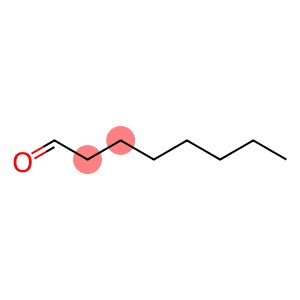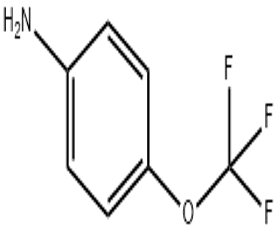C8 Aldehyde( CAS# 124-13-0)
| Risk Codes | 10 – Flammable |
| Safety Description | 16 – Keep away from sources of ignition. |
| UN IDs | UN 1191 3/PG 3 |
| WGK Germany | 2 |
| RTECS | RG7780000 |
| FLUKA BRAND F CODES | 10 |
| TSCA | Yes |
| HS Code | 29121990 |
| Hazard Class | 3 |
| Packing Group | III |
| Toxicity | LD50 orally in Rabbit: 4616 mg/kg LD50 dermal Rabbit 5207 mg/kg |
Introduction
Octanal. The following is an introduction to the properties, uses, preparation methods and safety information of octanal:
Quality:
1. Appearance: colorless liquid, with a strong herbaceous fragrance.
2. Density: 0.824 g/cm³
5. Solubility: soluble in alcohol and ether, insoluble in water.
Use:
1. Octral is an important raw material in the flavor, fragrance and fragrance industry. It can be used in the blending of floral perfumes, flavors and fragrance products.
2. Octral is also used in the synthesis of certain herbal essential oils, which have certain medicinal properties.
3. In organic synthesis, octanal can be used as a derivative of ketones, alcohols, and aldehydes for the synthesis of amides and other compounds.
Method:
The common preparation method of octanal is obtained by oxidation of octanol. The specific preparation method is as follows:
1. Under the appropriate conditions, the octanol is reacted with a solution containing an oxidizing agent.
2. After the reaction, octanal is separated by distillation and other methods.
Safety Information:
1. Octral is a flammable liquid and should be kept away from fire and high temperatures.
2. When using or storing octanal, care should be taken to prevent contact with oxidants and strong acids to avoid chemical reactions.
3. Caprytal has a pungent odor and may cause irritation to the eyes, skin, and respiratory tract when exposed to it for a long time.
4. When using octanal, wear appropriate protective gloves, eyes, and respiratory equipment.
5. In the event of a leak, appropriate measures should be taken promptly to clean up and dispose of it, and good ventilation should be ensured.
6. Octalal should comply with relevant safety operating procedures and regulations when using and storing.








